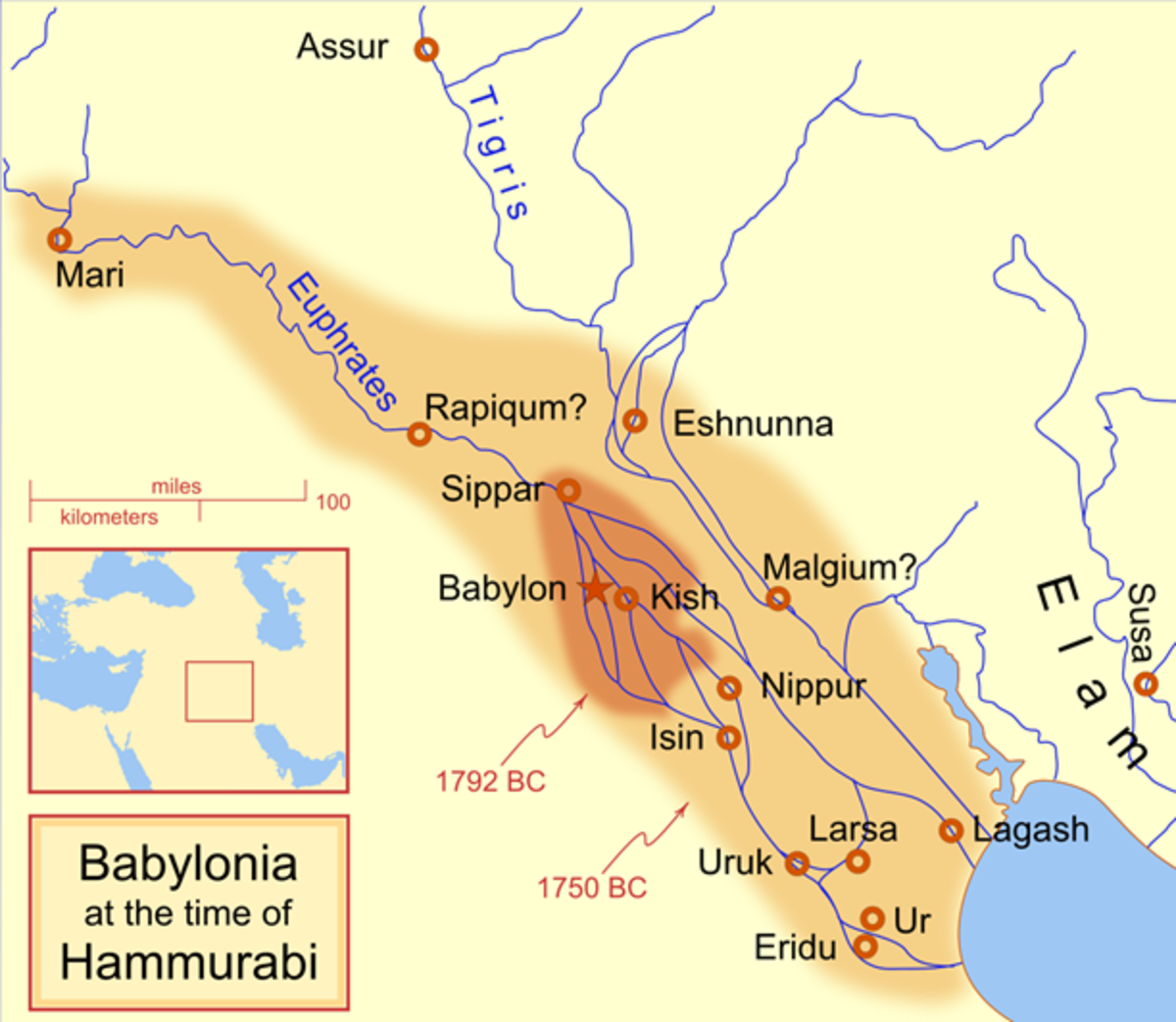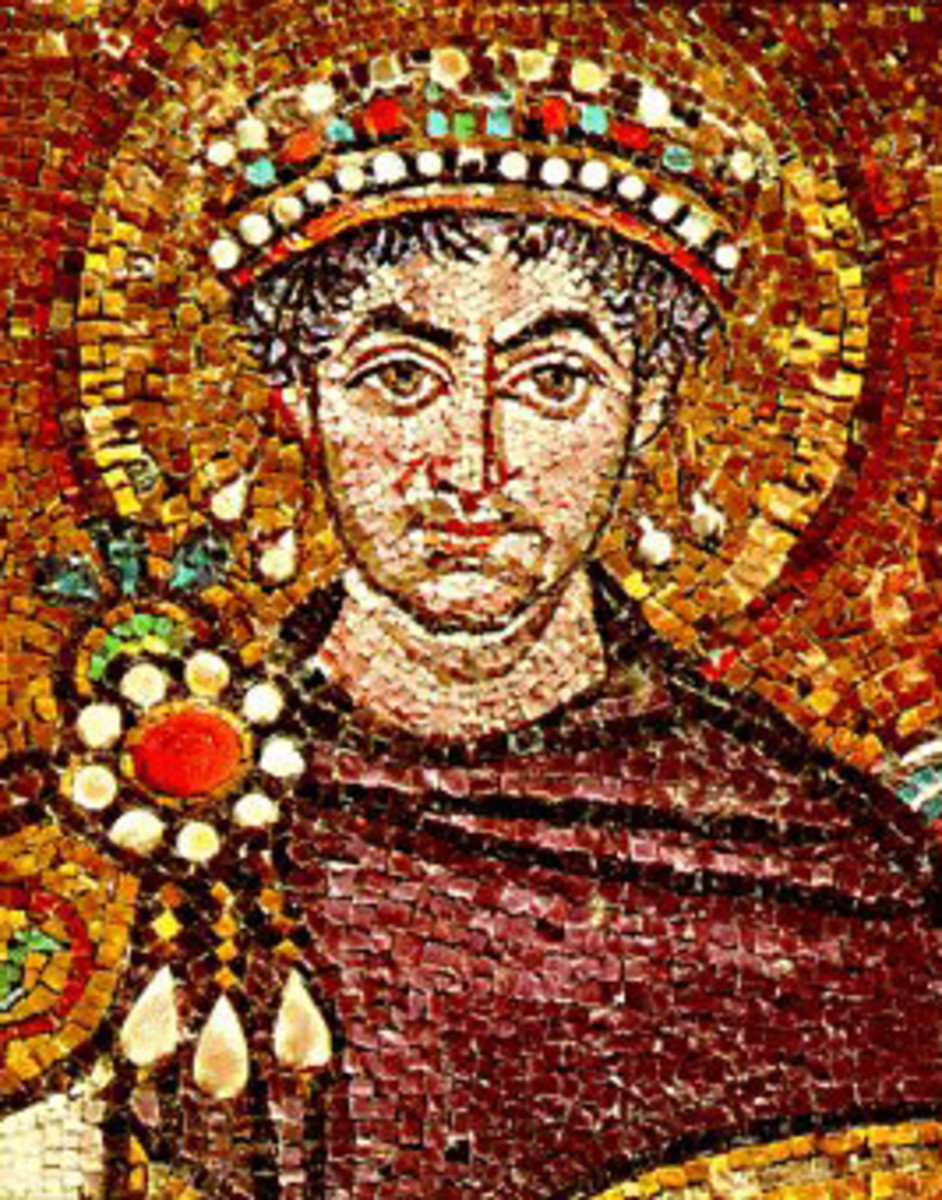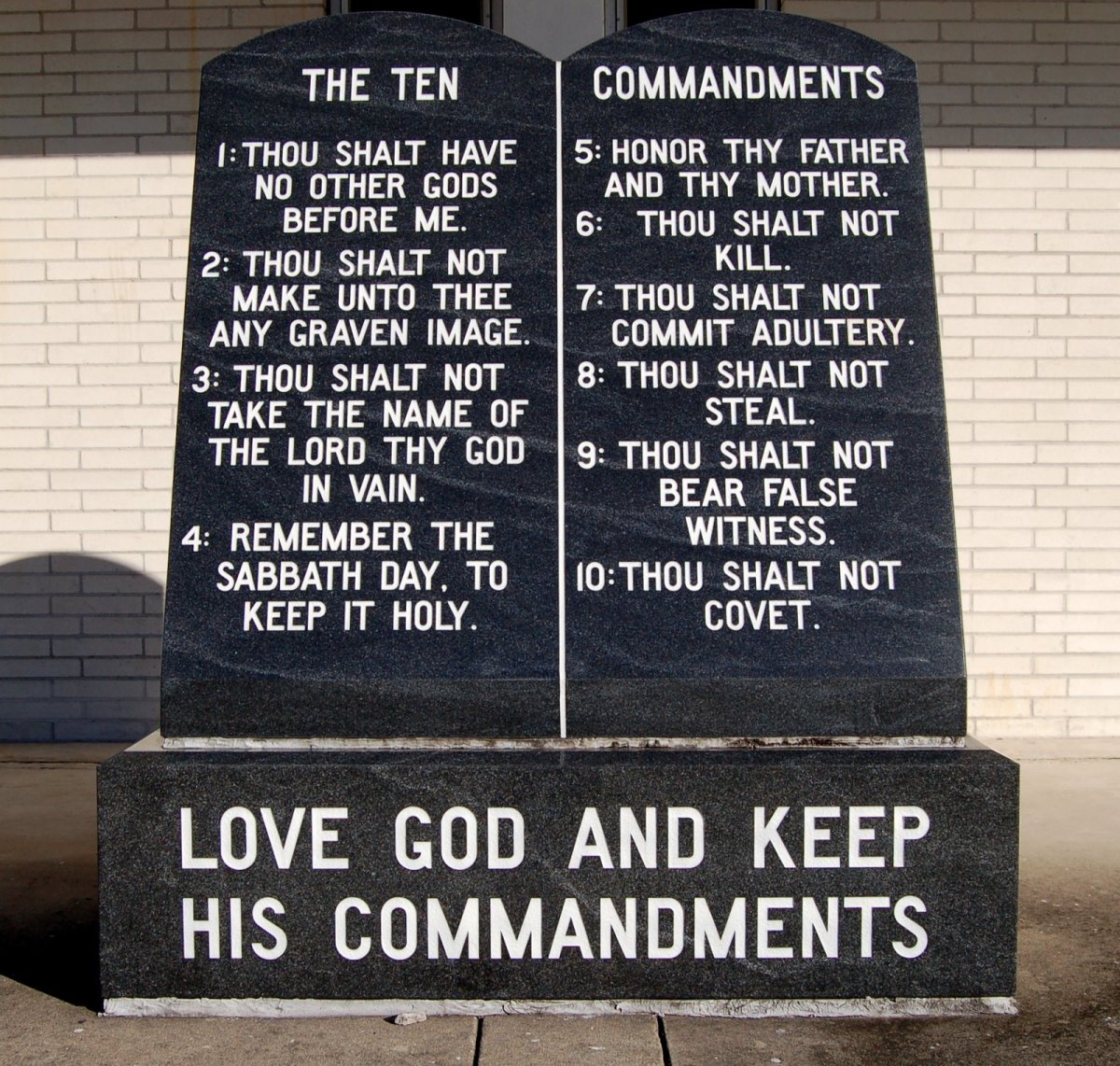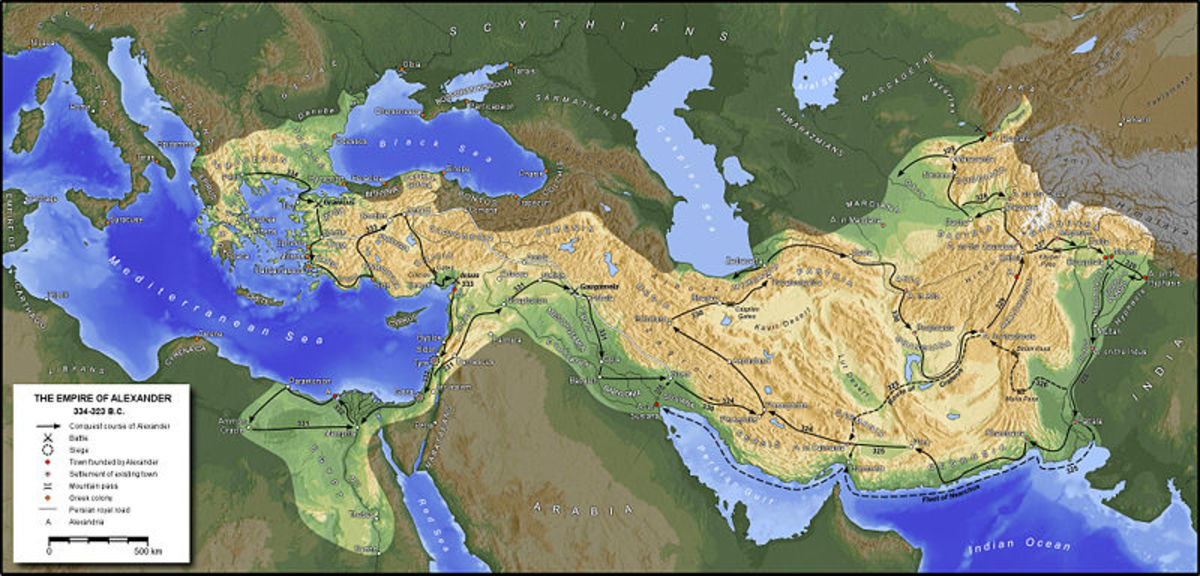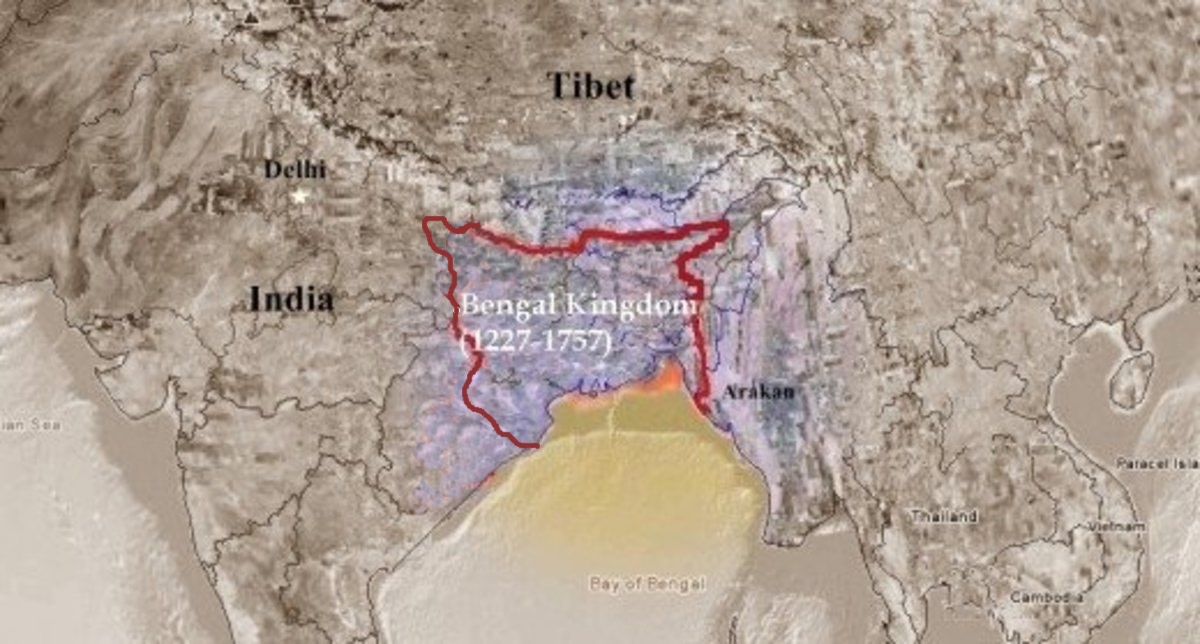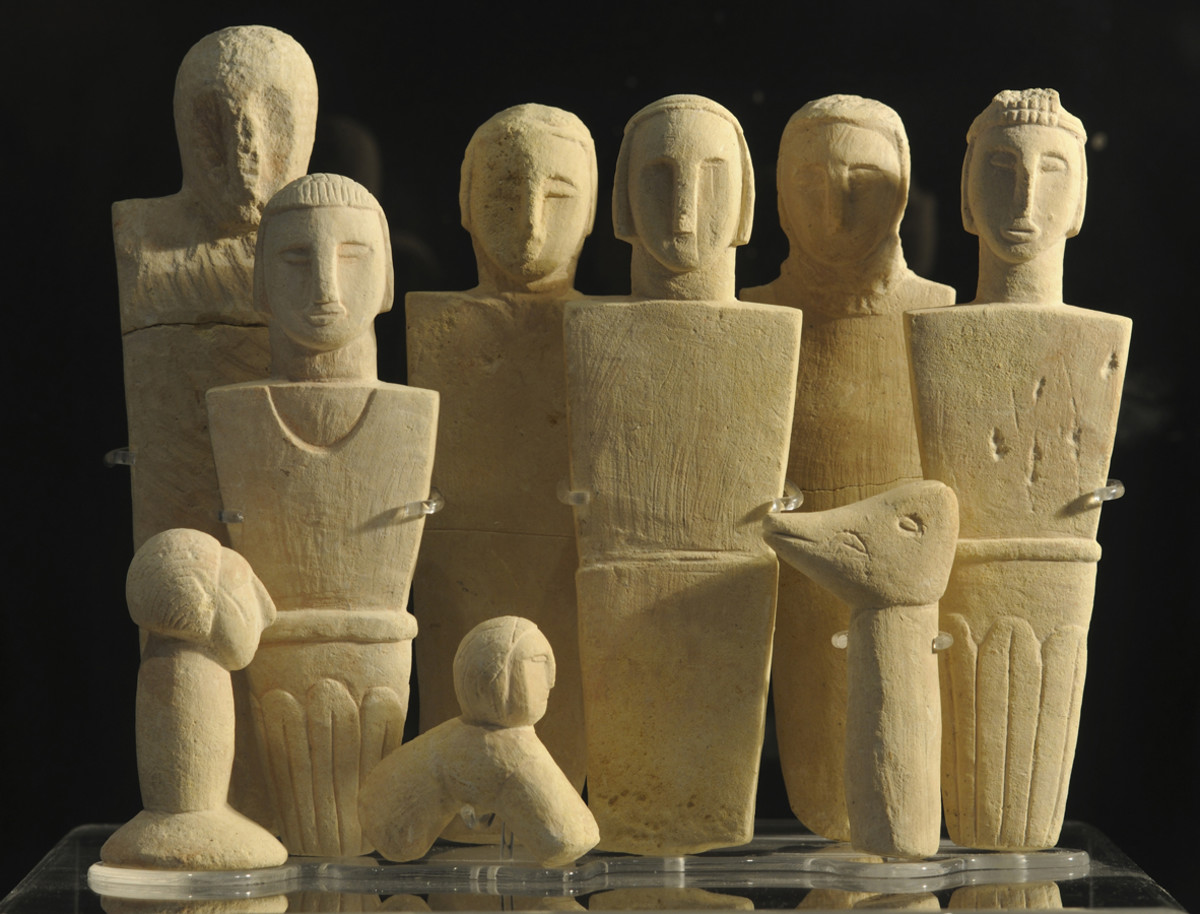The Oldest Code of Law, The Code of King Hammurabi
With rules and regulations in all the aspects of public and private life the Code of Hammurabi is one of the oldest written code of laws known to mankind. It has been engraved in stones at the order of Hammurabi, King of Babylon.
This Code is regarded as the first step towards modern legislation by introducing concepts such as presumption of innocence and extending the laws to all classes. The Code is famous for its lex taliones (eye for eye, tooth for tooth). It was discovered in 1901 by Gustave Jequier, a french archaeologist, in Khuzestan , Iran.
Hammurabi took the power from his father in the year of 1792 BC. Then he was just the King of Babylon, a city-state in Mesopotamia - a near middle eastern province situated between the Tiger and Euphrates rivers, where now lays Iraq, Northern Syria, southern Turkey and south-eastern Iran. During his rule, he founded the Babylonian Empire, a short lived political conglomerate, by extending his control over all Mesopotamian states. King Hammurabi died in 1750 BC.
King Hammurabi
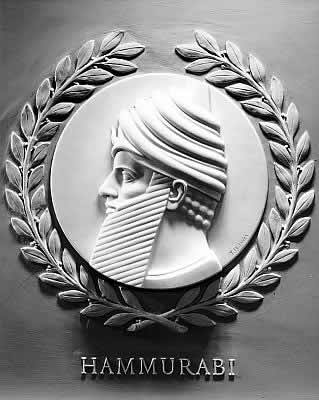
The code of laws now known as Code of Hammurabi consists in 282 rules, regulating aspects such trade, debt, labour, family law, divorce, adultery, adoptions, childbearing, rape, incest, defamation and crimes like stealing, killing or enslavement of free men. The document is a collection of laws from ancient Near Middle East that has been written in stone at the order of King Hammurabi. Some of the laws may have been enforced at the time King Hammurabi took the power but others could have been juridical practices that the King himself could have imposed.
Beyond its legal interest, the Code is full of vivid details about the life of these ancient civilizations.
- Thus we find out that the Mesopotamians were farmers, traders and artisans. They had temples and palaces and there lived freemen and slaves.
- Women were not quite equal to men as we can see from the rules about family life or adultery, where mostly women were to be punished or pay fees. But their status is better then their daughters’, millenniums later. Women were also wine merchants as the rules only use the word “she” when speaking of this occupation. Here is an example in paragraph 111: “If a wine merchant has given sixty ka of best beer at harvest time for thirst, she shall take fifty ka of corn.”
- Mesopotamian families often would adopt children and train them to be farmers or craftsmen.
- Men are hardly mentioned in cases of adultery, harassment or rape, instead women were the ones to take the blame. The only exception was made in the case of incest as fallowing:
Paragraph 154: “If a man has known his daughter, that man one shall expel from city.”
Paragraph 157: “If a man, after his father, has lain in the bosom of his mother, one shall burn them both of them together.”
- The owners of the land were hold accountable for producing crop. If they abandoned or not cultivated the land for three consecutive year they lose it or be charged with fees.
Lex Taliones
§196 If a man has caused the loss of a gentleman’s eye, his eye one shall cause to be lost.
§197 If he has shattered a gentleman’s limb, one shall shatter his limb.
§200 If a man has made the tooth of a man that is his equal to fall out, one shall make his tooth fall out.
- The law are very harsh according with modern standards. The death penalty was liberally applied to thievery, homicide, trespassing, some cases of slavery, and other crimes.
Here are some examples:
Stealing goods from temples and palaces was a crime punished by death sentence.
Buying goods stolen from temples and palaces was a crime punished by death
Stealing a slave or using a fugitive slave was a crime punished by death.
Transforming a freeman into a slave was a crime punished by death.
Trespassing was a crime punished by death.
- Among other penalties were exile, drowning, physical amputations as an extension of lex taliones and fines. Thievery, scam, violence with or without intent, careless and neglect were also punished.
- Parties involved in trials were expected to have witnesses and proofs and both, parties and witnesses, were to speak under an oath.
Hammurabi’s Code had influenced other juridical legislation in the region like Assyrian and Hittite Law. Also, many pages have been written about the similarities between the old Babylonian code and the Hebraic Law, the matter being still disputed. However, the Code of Hammurabi had influenced the Roman law, which, in turn, had inspired the modern legislation.
My source : The Oldest Code of Laws in the World, by Hammurabi, King of Babylon translated by C.H.W. Johns, M.A. (T. & T. Clark, 1903)

